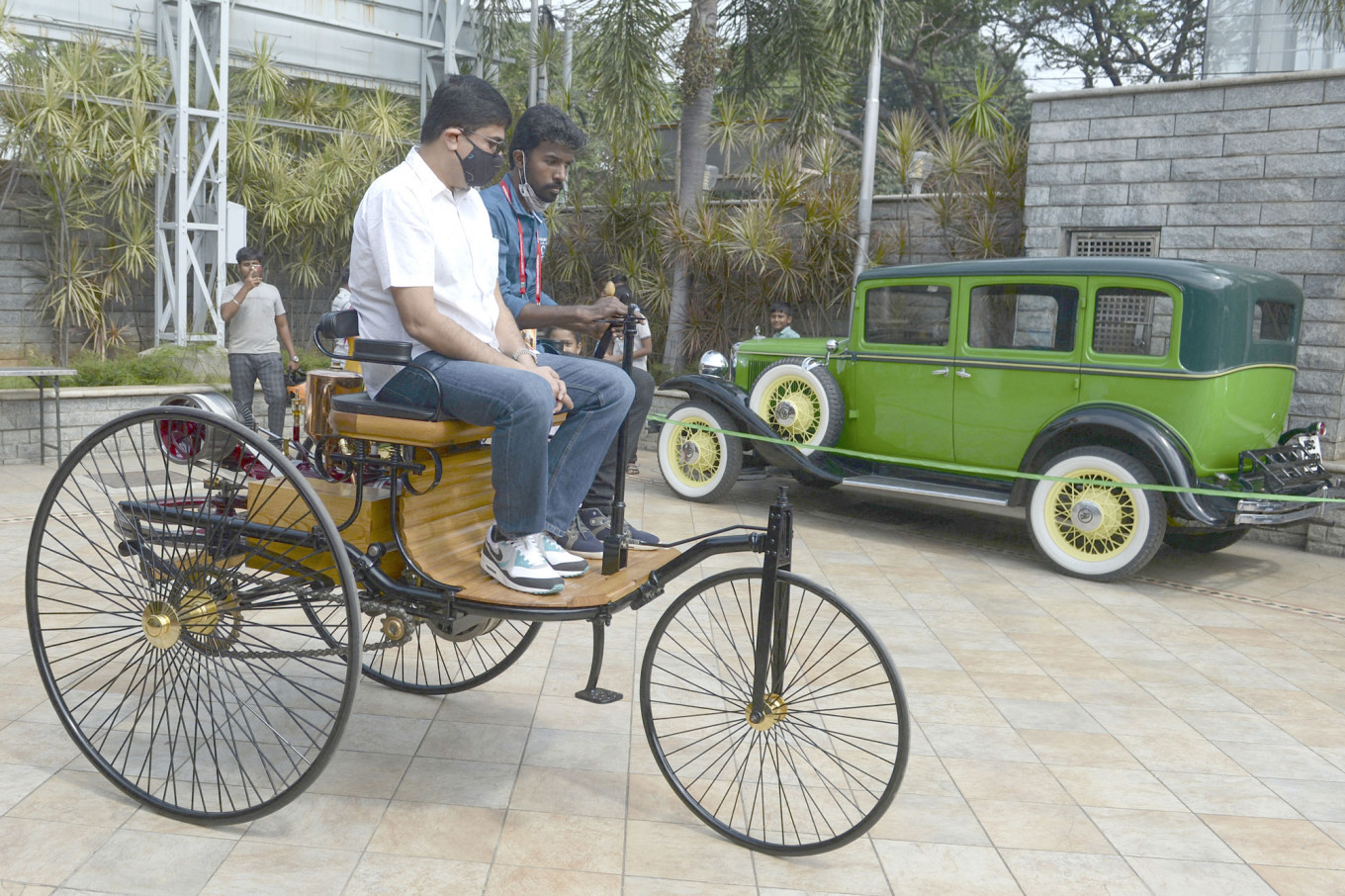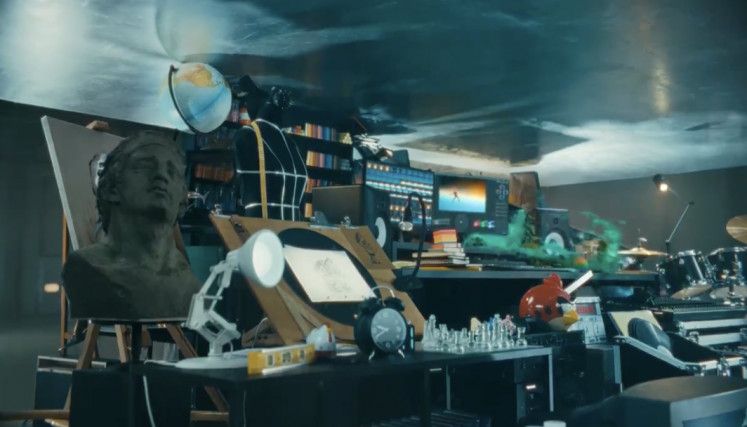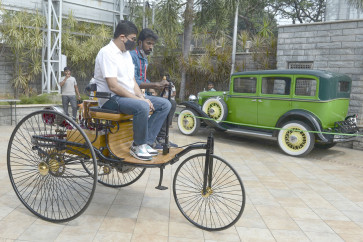What ever happened to tech that was far ahead of its time?
Not all inventions are created equal. Some make it big, trailblazing a path into widespread usage and acclaim, while others come down to a crashing halt, denigrated as embarrassing yet costly mistakes in the annals of history.
Change Size
 Visitors take a ride on a 1886 Benz patent Motorwagen displayed during a heritage car show in Chennai on Jan. 10, 2021. (AFP/Arun SANKAR)
Visitors take a ride on a 1886 Benz patent Motorwagen displayed during a heritage car show in Chennai on Jan. 10, 2021. (AFP/Arun SANKAR)
N
ot all inventions are created equal. Some make it big, trailblazing a path into widespread usage and acclaim, while others come down to a crashing halt, denigrated as embarrassing yet costly mistakes in the annals of history.
Then there are those that were simply ahead of their time. Often great ideas that were misdirected, these technological marvels had the misfortune of being ridiculed as flops, only to then have others succeed with the same idea further down the line.
We have gathered some of the more memorable tech products that had the potential to revolutionize the game ... if they had just waited a few more years.
The first “electric” vehicles
These days, electric vehicles (EVs) are all the rage, and chances are you have seen one whirring around town or plugged in for a recharge. The first modern car, the Benz Patent-Motorwagen, hit the roads in 1886, and the first electric car followed closely in 1888.
The Flocken Elektrowagen, widely considered to be the first real electric car, was a carriage equipped with a 1-horsepower electric motor capable of speeds up to 15 kilometers per hour. However, the first EV dates back to 1881, when French inventor Gustave Trouvé fitted an electric motor and a rechargeable battery onto a tricycle.
Electric cars gained popularity in the early 1900s because of advantages over internal combustion engines (ICE), such as the lack of noise, vibration and smell as well as not requiring drivers to manually start the engine with a hand crank. By the 1920s, however, ICE had improved to a degree that gasoline-powered cars could travel farther and faster, aided by the affordability of fuel and the cars themselves at the time.

















